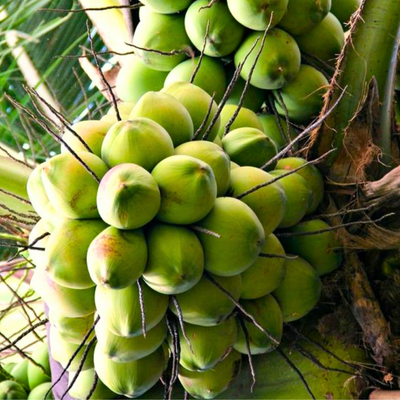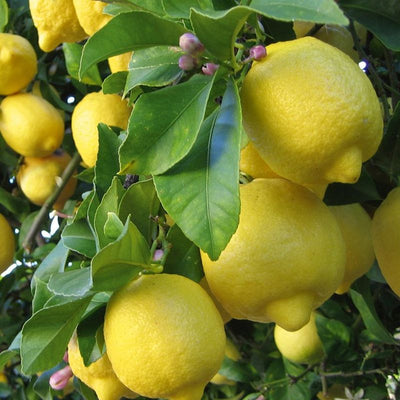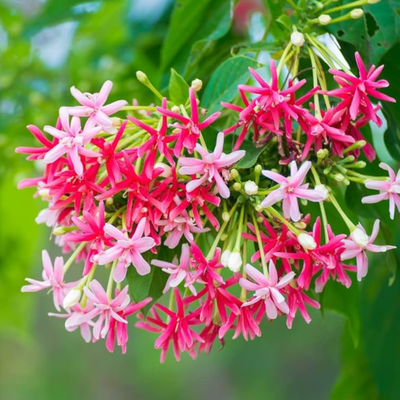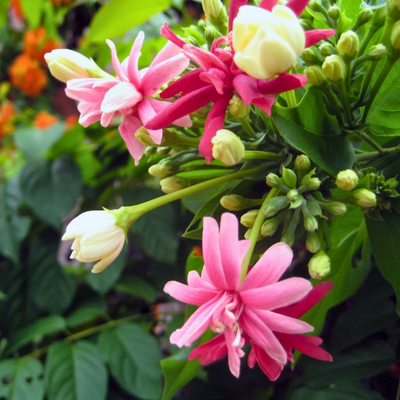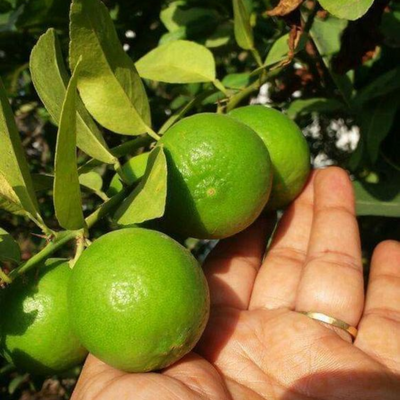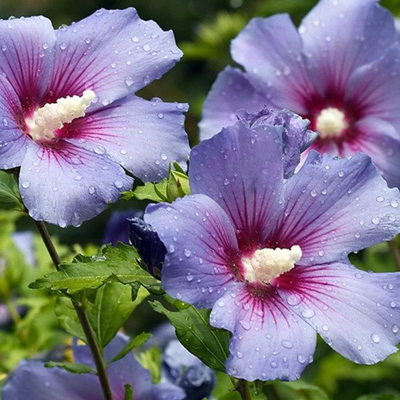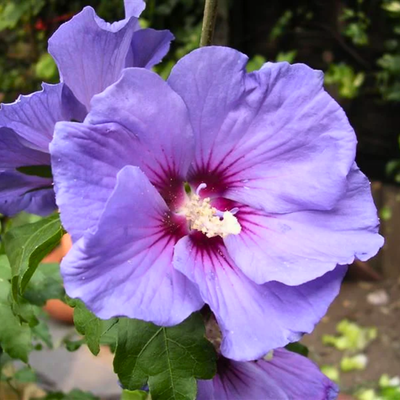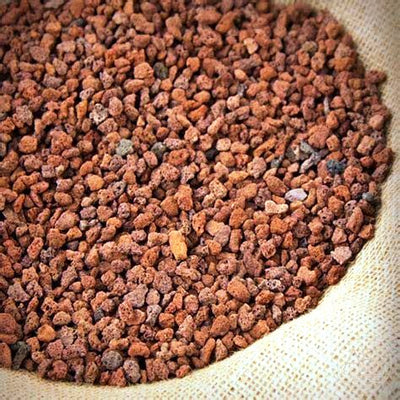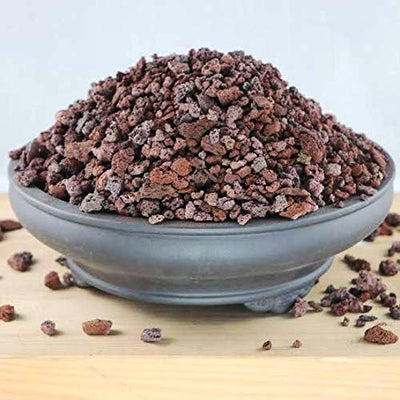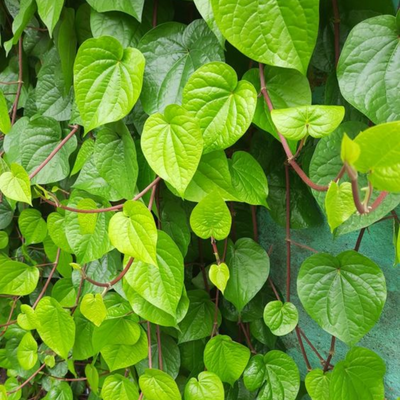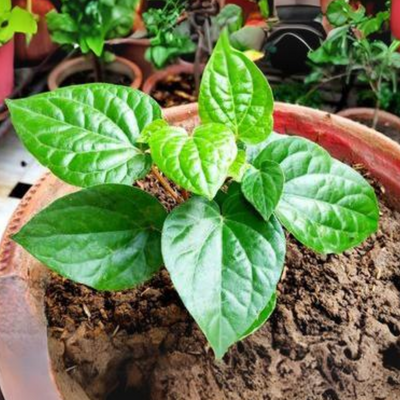
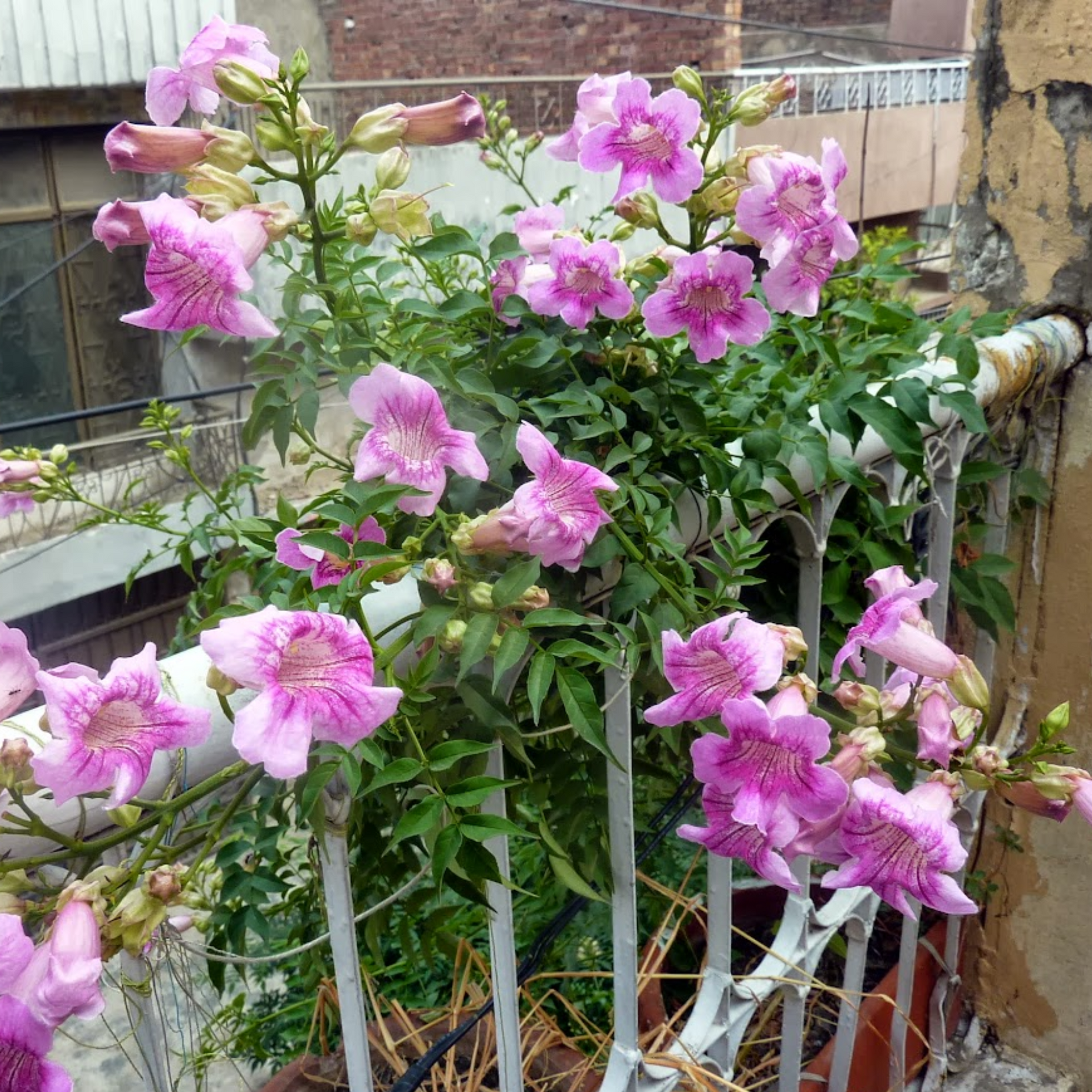
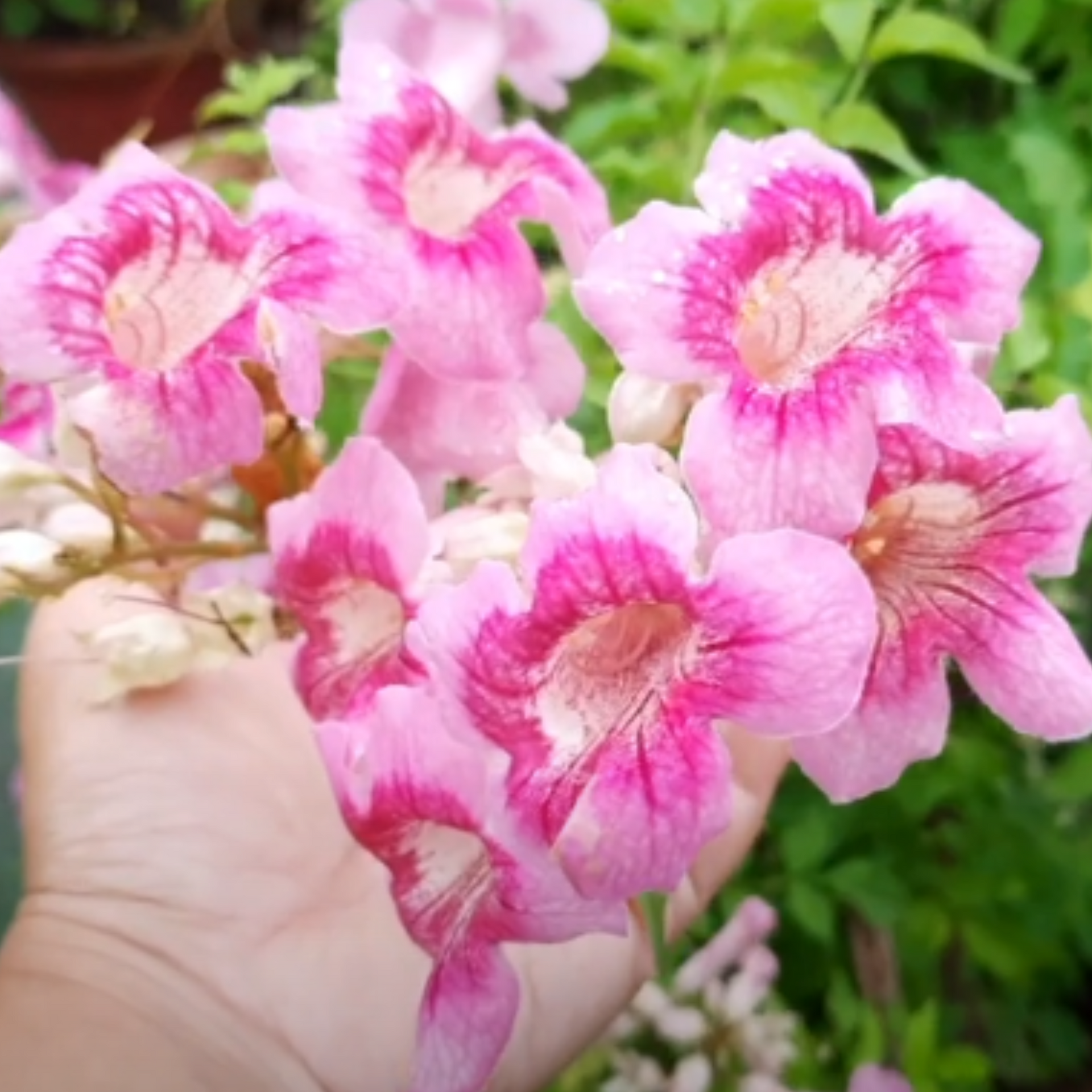

Pink trumpet vine Pink tecoma creeper Live Plant-green paradise live
Guaranteed Safe Checkout
Exploring the Enchanting Beauty of the
Pink Trumpet Vine Plant
The world of plants is a vast and diverse one, offering a cornucopia of colors, shapes, and sizes. Among these botanical wonders, the Pink Trumpet Vine, scientifically known as Podranea ricasoliana, stands out as a stunning testament to nature's artistry. With its vibrant pink blossoms and vigorous growth, this plant has won the hearts of gardeners and nature enthusiasts alike. In this article, we will delve into the fascinating world of the Pink Trumpet Vine, exploring its origins, characteristics, care requirements, and the magic it brings to gardens.
Origins and Background
- The Pink Trumpet Vine, often referred to as Port St. John's Creeper, is native to South Africa, where it thrives in a warm and sunny climate.
- Its botanical name, Podranea ricasoliana, honors the Italian botanist, Count Francisco de Ricci, who played a significant role in introducing this plant to Europe during the 19th century.
- In its natural habitat, this vine can be found clambering up trees or scrambling over rocks, showcasing its impressive adaptability.
- Its knack for flourishing in diverse conditions has made it a sought-after addition to gardens worldwide.
Aesthetic Allure
- The Pink Trumpet Vine is renowned for its exquisite trumpet-shaped flowers, which are typically a vibrant shade of pink, though variations in color, including white, are not uncommon.
- These striking blossoms can grow up to three inches in length and are arranged in clusters, creating a visually arresting spectacle.
- Their delicate fragrance is a bonus, attracting pollinators such as bees and butterflies.
- The foliage of the Pink Trumpet Vine is equally appealing.
- It boasts lush, pinnately compound leaves that provide an attractive backdrop for the flowers.
- During the growing season, which typically spans from spring to late summer, the plant is covered in a profusion of these eye-catching blooms, making it a showstopper in any garden.
Cultivation and Care
Sunlight:
Soil:
Watering:
Pruning:
Support:
Fertilization:
Pest and Disease Management:
The Pink Trumpet Vine's Garden Magic
- Beyond its physical beauty, the Pink Trumpet Vine brings a touch of magic to gardens and landscapes.
- Its rapid growth and profuse blooming make it an excellent choice for covering trellises, fences, or unsightly structures, transforming them into living tapestries of color.
- Its nectar-rich flowers also attract beneficial pollinators, contributing to a healthier ecosystem.
- Moreover, this vine can be a symbol of resilience.
- Its ability to thrive in different conditions reminds us of the power of adaptability, an important lesson from the natural world.
- In conclusion, the Pink Trumpet Vine is a botanical wonder that captivates the senses and adds a touch of elegance to any outdoor space.
- Whether you're an experienced gardener or a novice, this plant's beauty and ease of care make it a delightful addition to your green sanctuary.
- So, consider inviting this enchanting vine into your garden, and let its pink trumpets serenade you with their natural beauty.
Unveiling the Beauty: A Comprehensive Guide on How
to Grow Pink Trumpet Vine Plants
When it comes to adding a touch of exotic charm to your garden, the Pink Trumpet Vine (Podranea ricasoliana) stands as a splendid choice. Also known as the Zimbabwe Creeper, this plant is renowned for its striking, trumpet-shaped pink blossoms and lush green foliage. Originating from South Africa, it thrives in a variety of climates and can be a delightful addition to your outdoor space. In this comprehensive guide, we will walk you through the steps to successfully grow and care for the Pink Trumpet Vine.
Understanding the Pink Trumpet Vine
Before diving into the details of cultivation, it's essential to familiarize yourself with the plant's characteristics:
Appearance:
Pink Trumpet Vines are characterized by their long, twining stems covered in glossy, dark green leaves. These vines can reach up to 20 feet in length, making them ideal for trellises, fences, and arbors.
Flowers:
The star attraction of this plant is undoubtedly its trumpet-shaped, pink to pinkish-purple blossoms. They can measure up to 3 inches across and appear in clusters during the late summer and fall.
Hardiness:
Pink Trumpet Vines are hardy in USDA zones 9-11, which means they can withstand mild winters. However, they can be grown in cooler regions with some winter protection.
Sunlight:
These vines thrive in full sun to partial shade, making them adaptable to various garden conditions.
Soil:
Well-draining soil is crucial for Pink Trumpet Vines. They prefer slightly acidic to neutral soil, but they are adaptable to different soil types.
Now that we have an overview of this stunning plant, let's delve into the steps for growing it successfully.
Selecting the Right Location
- Choose a sunny spot in your garden for your Pink Trumpet Vine.
- It needs at least 6-8 hours of sunlight daily to bloom prolifically.
- If you live in a region with scorching summers, partial shade in the afternoon can be beneficial to prevent the plant from getting stressed.
Preparing the Soil
- Ensure the soil is well-draining by adding organic matter such as compost.
- Pink Trumpet Vines prefer slightly acidic to neutral soil, so you may need to adjust the pH level if your soil is too alkaline.
- A pH testing kit from your local garden center can help you determine the soil's acidity.
Planting
- Plant your Pink Trumpet Vine in the spring when the danger of frost has passed.
- Dig a hole twice the size of the root ball and place the plant in it.
- Backfill with soil and water thoroughly.
Support Structure
- Since Pink Trumpet Vines are vigorous climbers, provide a trellis, arbor, or fence for them to climb.
- Ensure the structure is sturdy enough to support their growth.
Watering
- Water your Pink Trumpet Vine regularly, especially during the growing season.
- These plants prefer consistently moist soil but can tolerate short dry periods once established.
- Overwatering can beget root spoilage, so exercise caution.
Pruning
- Pruning is essential to keep your vine in check and promote healthy growth.
- Prune in late winter or early spring to remove dead or overgrown branches.
Fertilizing
Winter Care
- In colder regions, provide winter protection.
- Mulch the base of the plant and cover it with a frost cloth or burlap if frost or freezing temperatures are expected.
Pest and Disease Control
- Pink Trumpet Vines are relatively resistant to pests and diseases.
- Aphids, mealybugs, and scale insects, on the other hand, should be avoided.
- Infestations should be treated as soon as possible with insecticidal cleaner or neem oil painting.





